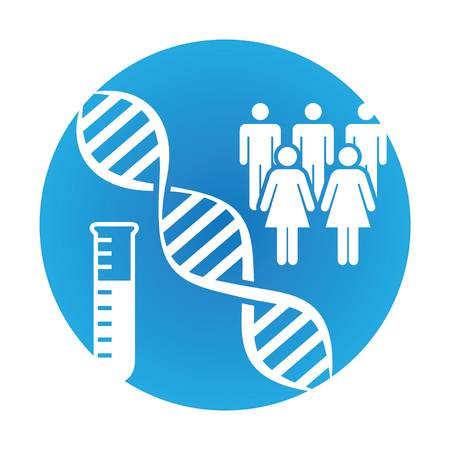Heritable human genome editing: Who decides? Science or society?
By Françoise Baylis,
Journal of Medical Ethics Blog
| 10. 11. 2021
Many describe the move from bench to bedside (from basic science to therapeutic or preventive applications) as a sprint – a short quick race. Others suggest that the race (such as it is) is more like hurdles given the many obstacles that must be overcome. Still others prefer to think of the scientific endeavour as a shuttle hurdles relay – a race that requires a team effort. There is competition, but also collaborative ambition. And finally, there are some for whom science is more like a marathon (perhaps, a marathon with hurdles and teammates).
In my book Altered Inheritance: CRISPR and the ethics of human genome editing I suggest that science is like orienteering. It is an endurance sport; it can be an individual competition, a team relay or a marathon event:
[T]he runners have to maneuver around obstacles while navigating difficult and unmarked terrain. Along the way, choices have to be made—take the shorter distance with hills, streams, marshes, boulders, ditches, fences, and wildebeests, or take the longer winding road with fewer obstacles—all the while keeping in mind the...
Related Articles
By Grace Won, KQED [with CGS' Katie Hasson] | 12.02.2025
In the U.S., it’s illegal to edit genes in human embryos with the intention of creating a genetically engineered baby. But according to the Wall Street Journal, Bay Area startups are focused on just that. It wouldn’t be the first...
Several recent Biopolitical Times posts (1, 2, 3, 4) have called attention to the alarmingly rapid commercialization of “designer baby” technologies: polygenic embryo screening (especially its use to purportedly screen for traits like intelligence), in vitro gametogenesis (lab-made eggs and sperm), and heritable genome editing (also termed embryo editing or reproductive gene editing). Those three, together with artificial wombs, have been dubbed the “Gattaca stack” by Brian Armstrong, CEO of the cryptocurrency company...
By Lucy Tu, The Guardian | 11.05.2025
Beth Schafer lay in a hospital bed, bracing for the birth of her son. The first contractions rippled through her body before she felt remotely ready. She knew, with a mother’s pit-of-the-stomach intuition, that her baby was not ready either...
By Emily Glazer, Katherine Long, Amy Dockser Marcus, The Wall Street Journal | 11.08.2025
For months, a small company in San Francisco has been pursuing a secretive project: the birth of a genetically engineered baby.
Backed by OpenAI chief executive Sam Altman and his husband, along with Coinbase co-founder and CEO Brian Armstrong, the startup—called...




